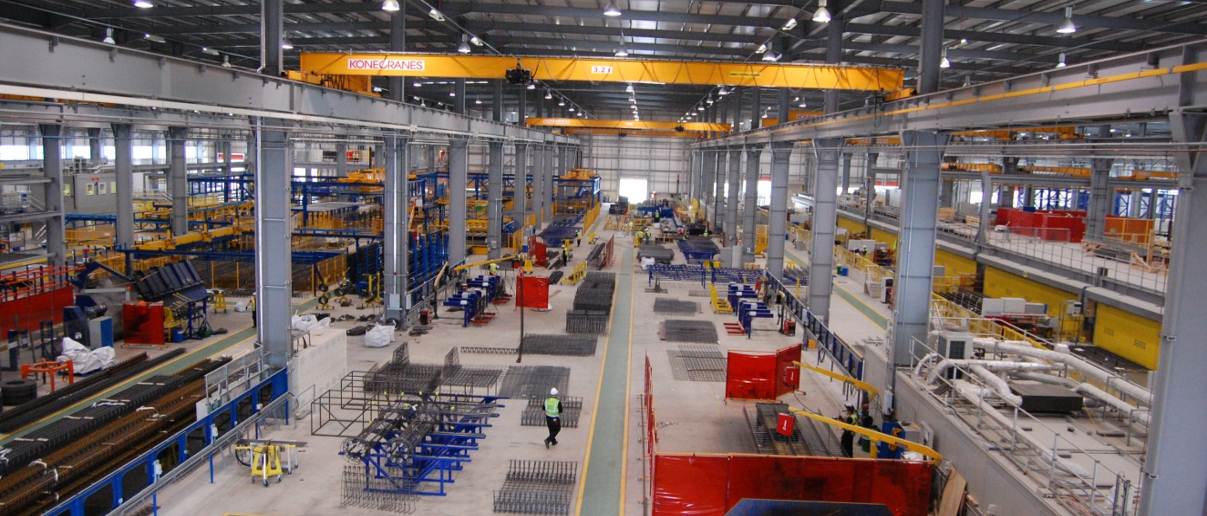Industrial Buildings Allowance (IBA)

|
The Industrial Buildings Allowance (IBA) was introduced by the government in its 1945 Income Tax Act to boost post-war productivity in industry. The idea was that whatever the capital cost of constructing a manufacturing or processing building (or sometimes purchasing it 'second-hand’), the person holding 'the relevant interest' in the building would receive tax relief.
Aimed originally at productive industry, the scope of IBA was broadened to include allowances on infrastructure such as tunnels, bridges, roads used for highway concessions, qualifying hotels and commercial buildings in enterprise zones.
In effect, IBA was a writing down allowance (WDA) – allowing relevant business people to deduct a percentage of the value of an item from their profits each year, which in turn meant they paid less tax – typically for around 25 years, sometimes less. Thus, IBA constituted an incentive to build ‘industrial’ facilities.
However, the item had to count as ‘qualifying expenditure’ that had been incurred on a building.
IBA was made to the person holding relevant interest in relation to the qualifying expenditure. The relevant interest is defined by the construction expenditure incurred on the building; relevant interest therefore is the interest in the building to which the person who incurred the construction expenditure was entitled to when the expenditure was incurred. A building may have had several relevant interests, as construction expenditure could have been incurred at different times and by different people.
The following is an example of relevant interest given by UK tax collection service Her Majesty’s Revenue and Customs (HMRC, formerly ‘Inland Revenue’ for income tax collection):
"Warren builds a factory on land that he owns. The relevant interest for the factory is the freehold interest. If Warren leases the factory to Lowell and Lowell builds an extension, the relevant interest for the extension is Lowell’s leasehold interest. So, there are two relevant interests for the factory – Warren’s freehold interest for the factory and Lowell’s leasehold interest for the extension."
Buildings or constructions that qualified were:
- Buildings of a qualifying trade: e.g manufacturing/processing, storage, generating/transforming/converting, transmitting electrical energy
- Supplying water for public consumption
- Providing sewage undertakings
- Transport, inland navigation and dock undertakings (dock, wharf, pier etc)
- Tunnels
- Bridges (only if expenditure incurred after end 1956-57)
- Highways
- Undertakings for the supply of hydraulic power.
IBA allowances no longer exist. They were continuously in force from 1945 to 2008, after which they became the subject of a phased withdrawal until the financial year beginning April 1, 2011. Since then there have been no IBA writing down allowances.
[edit] Related articles on Designing Buildings
Featured articles and news
RTPI leader to become new CIOB Chief Executive Officer
Dr Victoria Hills MRTPI, FICE to take over after Caroline Gumble’s departure.
Social and affordable housing, a long term plan for delivery
The “Delivering a Decade of Renewal for Social and Affordable Housing” strategy sets out future path.
A change to adoptive architecture
Effects of global weather warming on architectural detailing, material choice and human interaction.
The proposed publicly owned and backed subsidiary of Homes England, to facilitate new homes.
How big is the problem and what can we do to mitigate the effects?
Overheating guidance and tools for building designers
A number of cool guides to help with the heat.
The UK's Modern Industrial Strategy: A 10 year plan
Previous consultation criticism, current key elements and general support with some persisting reservations.
Building Safety Regulator reforms
New roles, new staff and a new fast track service pave the way for a single construction regulator.
Architectural Technologist CPDs and Communications
CIAT CPD… and how you can do it!
Cooling centres and cool spaces
Managing extreme heat in cities by directing the public to places for heat stress relief and water sources.
Winter gardens: A brief history and warm variations
Extending the season with glass in different forms and terms.
Restoring Great Yarmouth's Winter Gardens
Transforming one of the least sustainable constructions imaginable.
Construction Skills Mission Board launch sector drive
Newly formed government and industry collaboration set strategy for recruiting an additional 100,000 construction workers a year.
New Architects Code comes into effect in September 2025
ARB Architects Code of Conduct and Practice available with ongoing consultation regarding guidance.
Welsh Skills Body (Medr) launches ambitious plan
The new skills body brings together funding and regulation of tertiary education and research for the devolved nation.
Paul Gandy FCIOB announced as next CIOB President
Former Tilbury Douglas CEO takes helm.
UK Infrastructure: A 10 Year Strategy. In brief with reactions
With the National Infrastructure and Service Transformation Authority (NISTA).






















